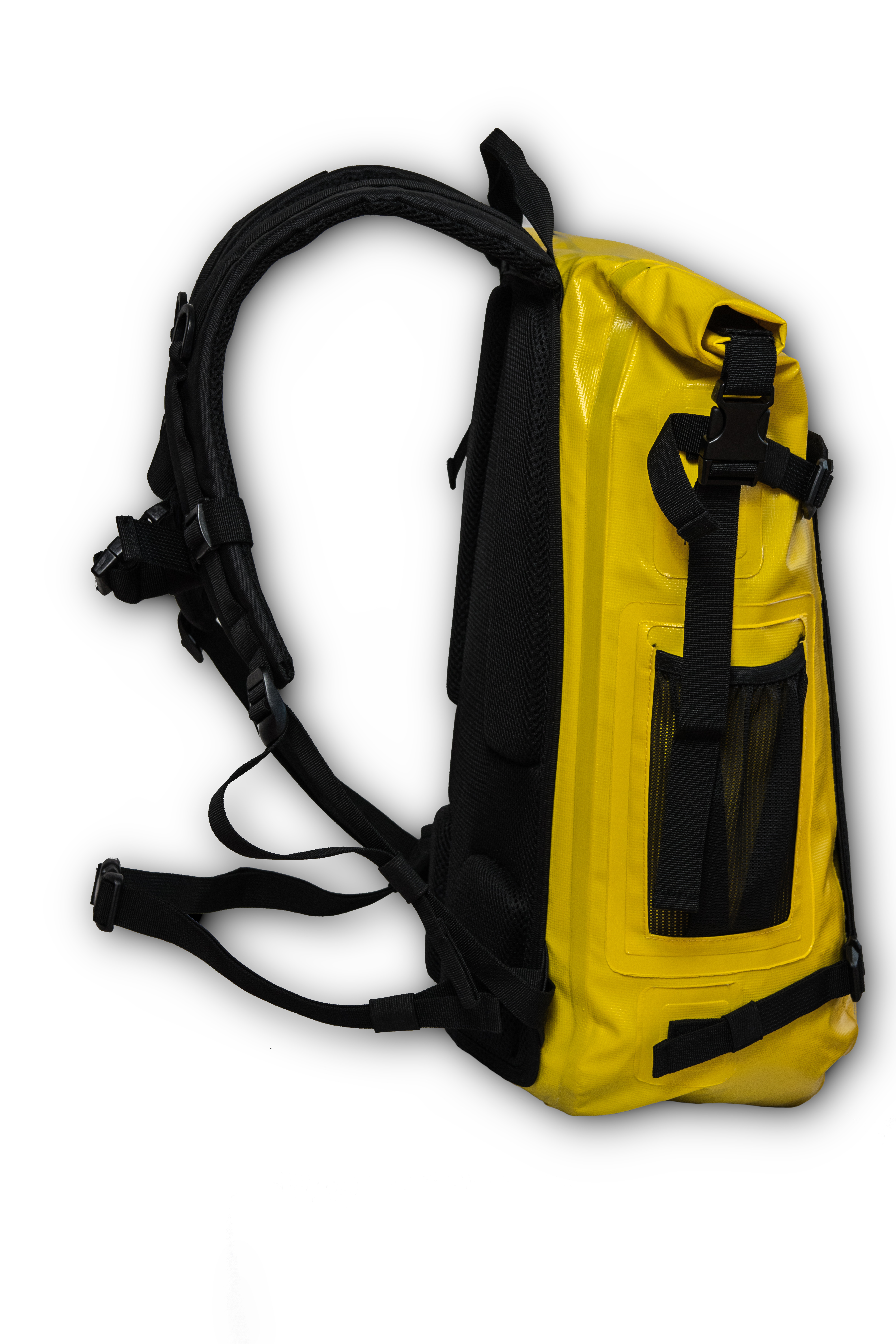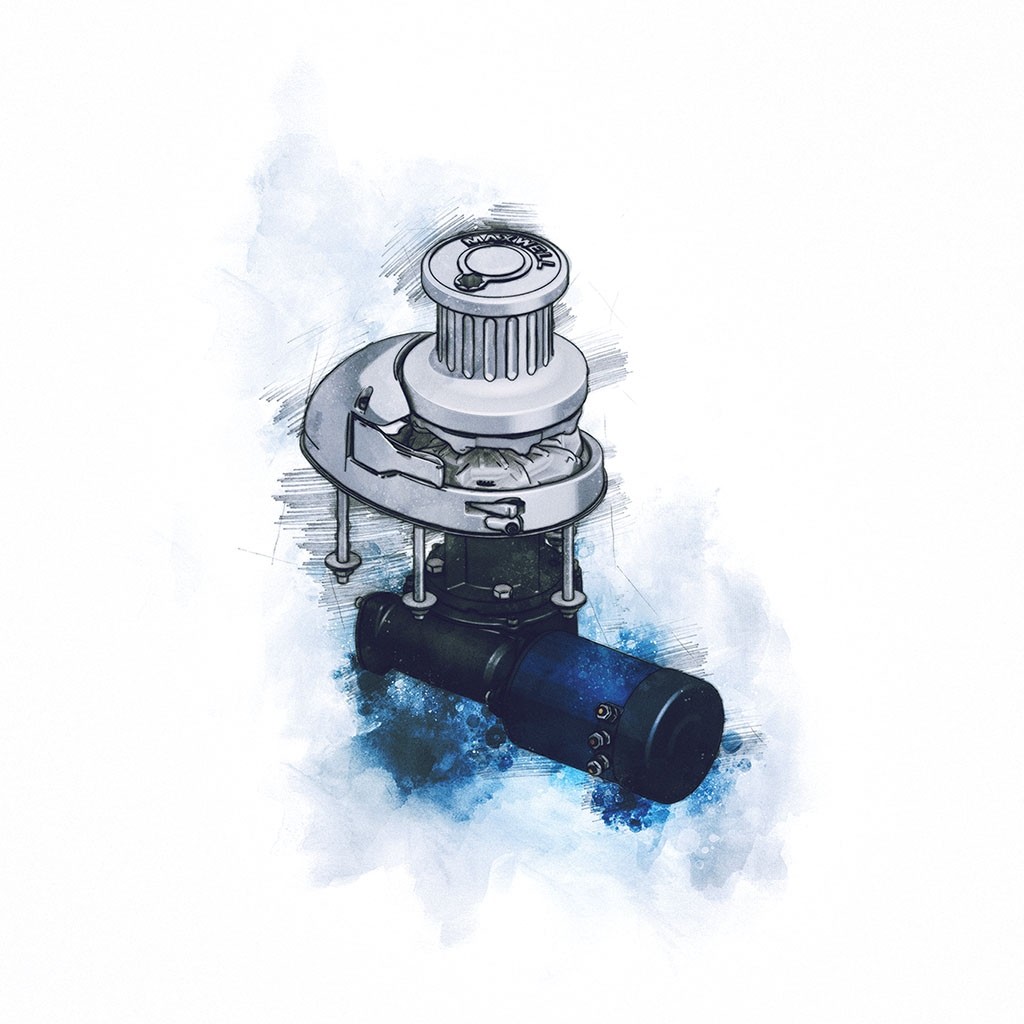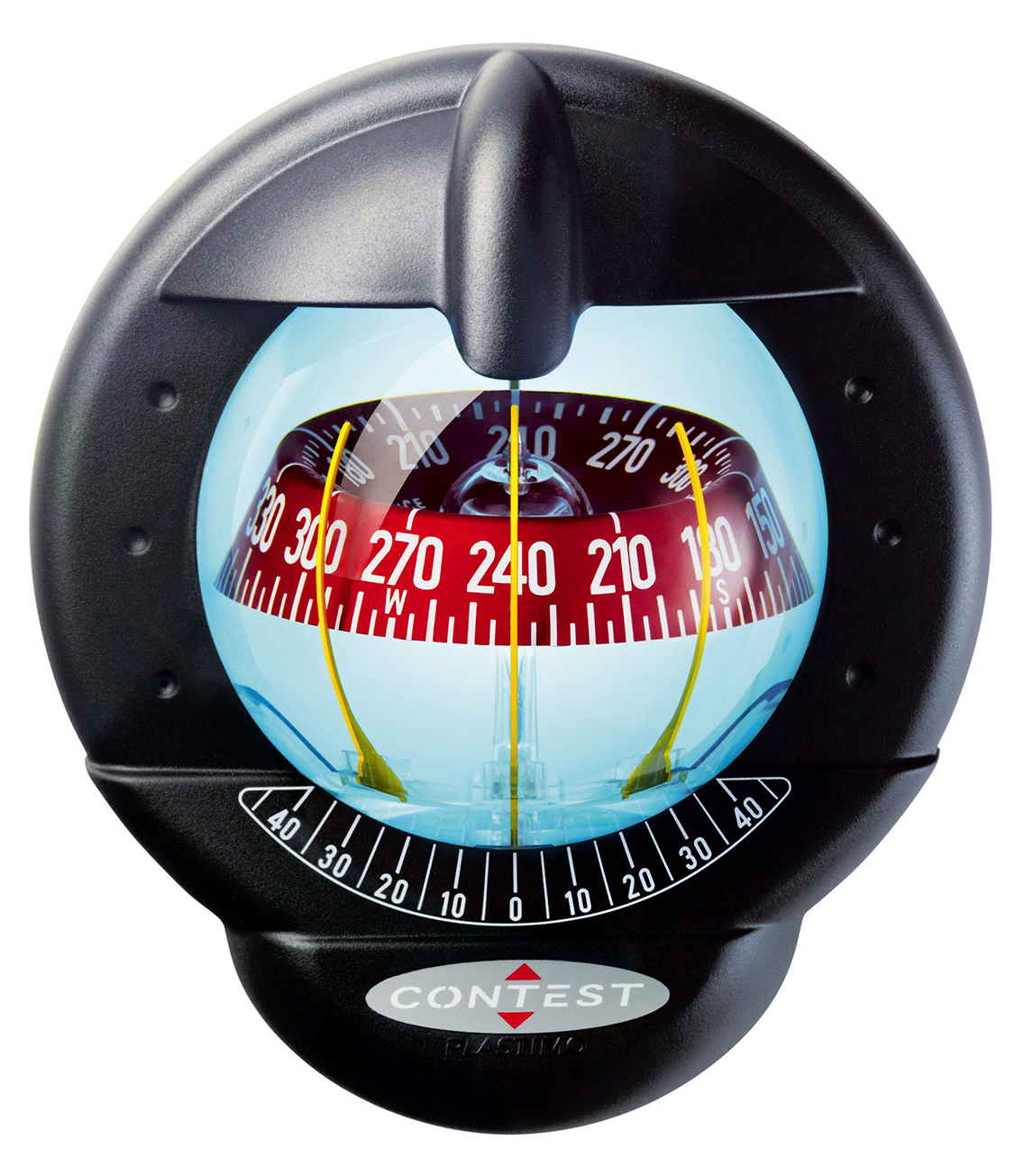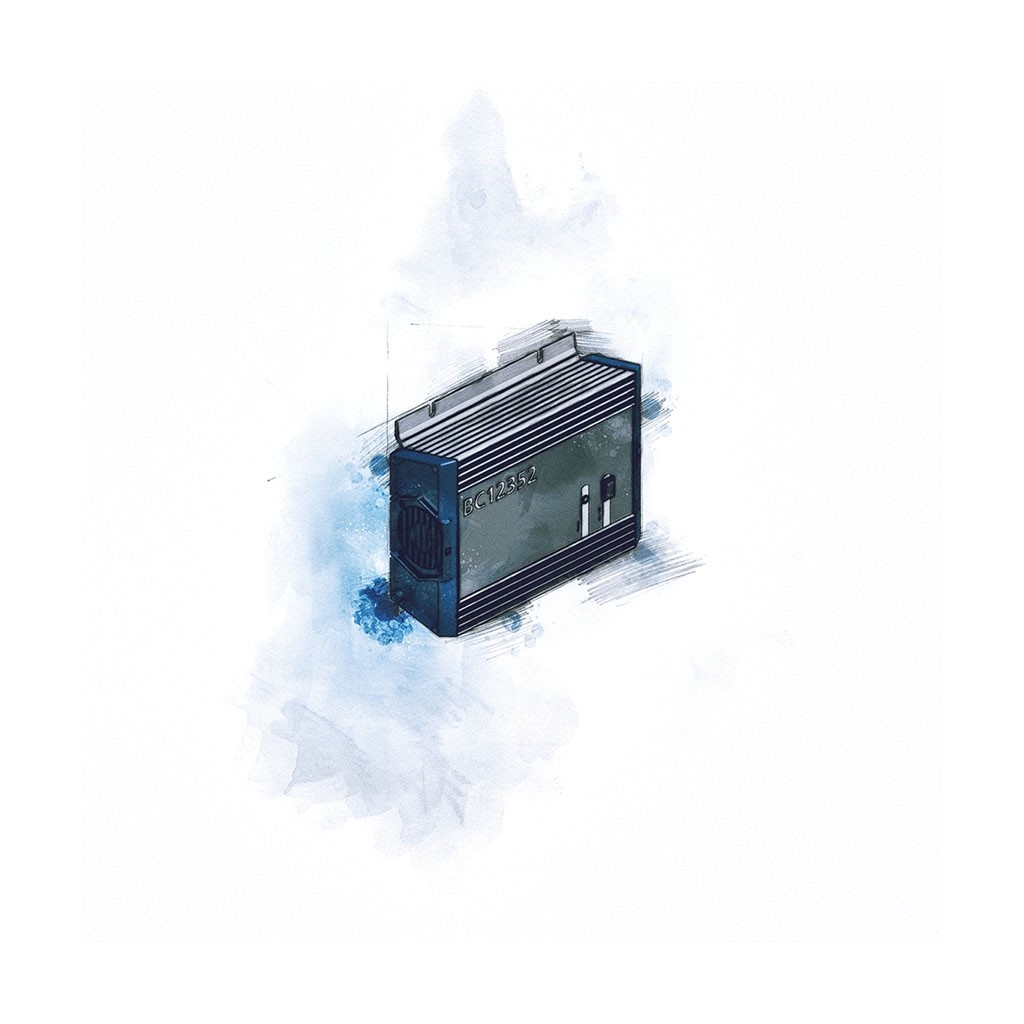Sea distress beacon
This category offers distress beacons and signaling devices for sea distress. A distinction is made between the Personal Locator Beacon (PLB) and the Emergency Position Indicating Radio Beacon (EPIRB) and the AIS MOB.
PLB or EPIRB?
Both the PLB and the EPIRB transmit a coded message on the emergency frequency 406 MHz in an emergency to alert search and rescue services. This message is relayed via satellite and ground stations to the nearest rescue center for coordination. In addition, the common devices transmit a so-called homing signal on 121.5 kHz in order to be directly targeted by the rescue forces.
The PLB is worn on the body and can be integrated, for example, in the life jacket, while the EPIRB is usually mounted in a bracket on the ship. So basically the main difference is the size, as both devices can be programmed to the respective MMSI of the vessel. However, if registered in the UK (free of charge), a PLB can also be programmed to a person, which is particularly useful if a person obtains the transmitter privately but is on many different boats.
- PLB is for the person
- EPIRB is suitable for the vessel
PLB or AIS MOB?
While the EPIRB and also the PLB are meant to contact a rescue station by satellite, the AIS transmitter sends a signal to its own ship or ships in the vicinity so that the person can be found by its own crew, e.g. by displaying it on the chart plotter. By programming an automatic DSC, the ships in the vicinity are informed as well as the own crew is woken up, so that going overboard is noticed in any case. Many modern chartplotters with AIS and VHF radios with DSC meet the standards required to receive the MOB alert. In any case, check the compatibility of the equipment in advance, especially if you are using older equipment.
Also, the AIS distress beacon can be integrated into the life jacket for automatic triggering.
- PLB for communication with a control center
- AIS MOB for rescue by own crew
In many cases, the AIS MOB or PLB is used for personal safety (person) as a supplement to the EPIRB (vessel). Selection should be based on crew size, experience and cruising area. A rescue by the own crew is always the fastest solution in case of doubt, if the experience allows it, the AIS transmitter is recommended. For single-handed sailors, however, the person who went overboard is dependent on the coordinated rescue, a PLB in this case recommended.
When do I take the OLAS crew transmitter?
It is not comparable to PLBs or AIS, because no current position is sent, but only the location of the overboarding is stored. Due to its wake-up or alarm function, it can be used as an optimal supplement to a PLB. If there is no AIS system on board, the OLAS Crewsender can replace some functions of the AIS.
- Triggering an acoustic signal when going overboard
- Supplement to the PLB
- When no installation for AIS is possible
- Not sufficient when sailing at night, in current areas or in wave
Filter
–
OceanSignal, rescueME EDF1 LED Signalmittel, 360° Abstrahlung, bis zu 6 Stunden Betriebszeit, bis zu 7 Seemeilen sichtbar, bis zu 10 Meter wasserdicht.
















